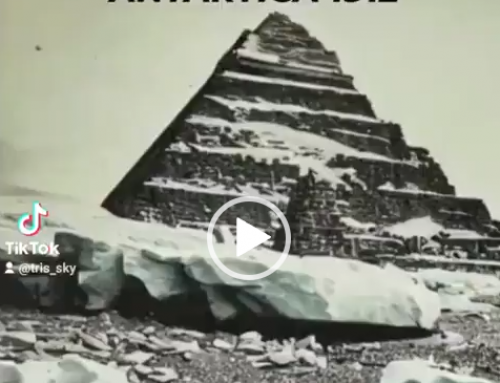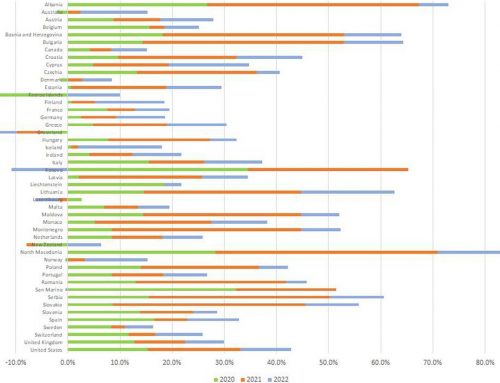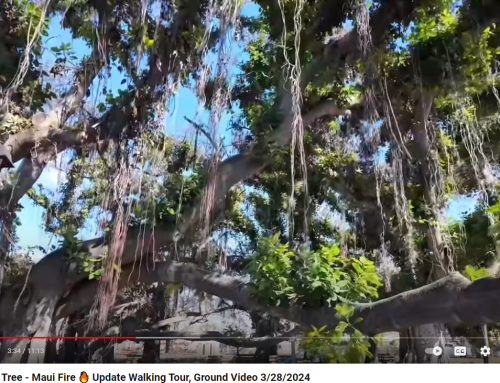Kontakt mit Sternen und Planeten, Botschaften aus der Milchstrasse? Als Kind hörte ich öfters sprechen von Botschaften aus dem Universum, von Wissenschaftler und Astronomen die Kontakt suchten, von Tesla der das Universum und seine Energiefelder verstand.
Obwohl wir in den letzten 70 Jahren enorme Entwicklungen erlebt haben, wird doch vieles von der Menschheit entfernt gehalten, was früher bekannt war. Wieso wohl?? Sollten wir das nicht wissen dürfen???
In zirka 1930 hatte der Physiker Karl Janski Kontakt mit dem Zentrum der Galaxie.
Hier eine Beschreibung, die ich in älterer Artikel von North American AstroPhysical Observatory (NAAPO) gefunden habe.
Der Artikel ist zu finden unter folgender link: http://www.bigear.org/CSMO/HTML/CS12/cs12p08.htm
The First 50 Years of Radio Astronomy,
Part 1: Karl Jansky and His Discovery of Radio Waves from Our Galaxy
By: John Kraus
“I have sketched briefly the history of optical astronomy and the events leading to the status of radio in 1930 when the sky belonged entirely to the realm of optical astronomy. Essentially all that we knew about the heavens had come from what we could see or photograph. Karl Jansky changed all that.
Karl Guthe Jansky was born in 1905 in what was then the Territory of Oklahoma where his father was Dean of the College of Engineering at the University of Oklahoma. Dean Jansky had been born in Wisconsin of Czech immigrant parents who came to the U.S. in 1867. Karl’s mother, nee Nellie Moreau, was of French-English descent. In 1908 the family moved to Madison where father Jansky became a member of the Electrical Engineering faculty at the University of Wisconsin. Karl attended the university, obtaining a Bachelor of Science in physics in 1927. Because of his high scholarship, he was elected a member of Phi Beta Kappa. He also excelled athletically as the fastest man on the university’s ice-hockey team.
In 1928, Karl Jansky joined the staff of the Bell Telephone Laboratories, assigned to the study of static and other radio interference. Some of his work was done at the long wavelength of 4000 meters. In March 1929, while still working on the long wavelength static, he began to design a system for observing static at about 15 meters, a wavelength coming into use for trans-Atlantic telephone service. His design included a rotating directional antenna, receiver and recording arrangement. Construction of the antenna began in the fall of 1929 and a year later the antenna and associated receiver-recorder were installed at an observing site near Holmdel, New Jersey. In the late summer of 1931 Karl Jansky started his antenna turning and his recorder running on a continuous basis and by that winter the mysterious hiss-like static was definitely recognized.
For some weeks the hiss-like static seemed to be strongest when the directional antenna was pointed toward the sun. However, over a period of some months the maximum moved away from the sun, following a fixed point among the stars which Jansky placed close to the center of our galaxy.
Our galaxy is an aggregation of some 100 billion stars turning slowly like a great wheel in space. Although the center of our galaxy is obscured from optical observation by intervening gas and dust it is a strong source of radio-wave emission.
In retrospect it in interesting to note that the system Karl Jansky designed for studying 15-meter wavelength static had:
(1) A directional antenna (which to my knowledge was the largest rotatable antenna in existence at the time).
(2) A receiver that was as quiet as the state of the art permitted, the noise level being limited by the electron noise of the vacuum tubes.
(3) A receiver responsive to a relatively wide band of wavelengths, much wider than in conventional receivers of the period.
(4) An averaging arrangement, called a long time-constant circuit, to smooth out the pen trace on the recorder chart.
All of these four characteristics are essential to modern radio telescopes. I believe that Jansky was the first person to combine these all together and in so doing he built the first successful radio telescope!








